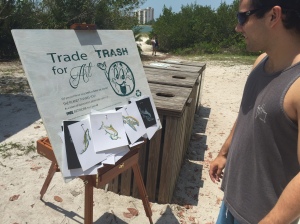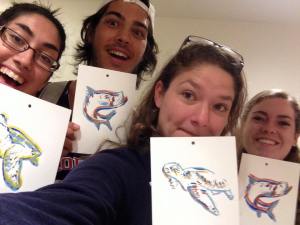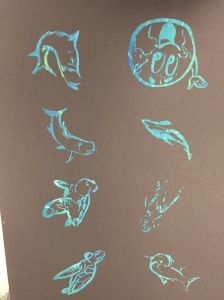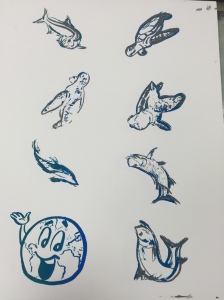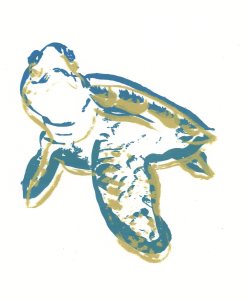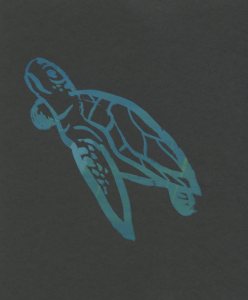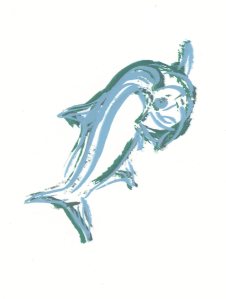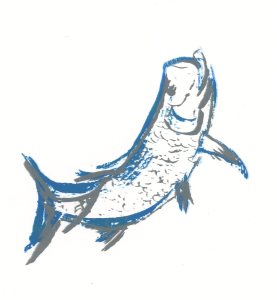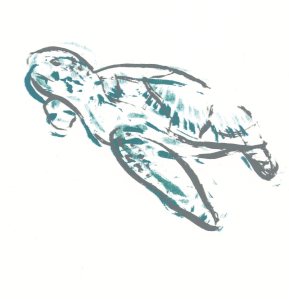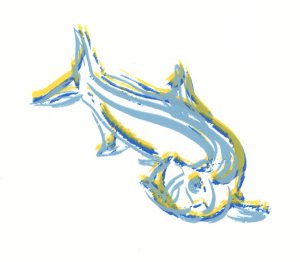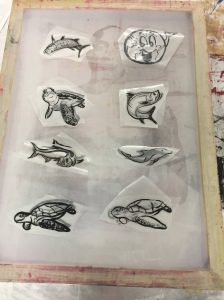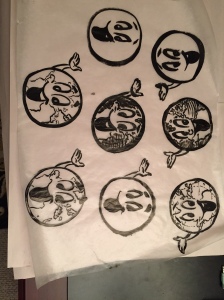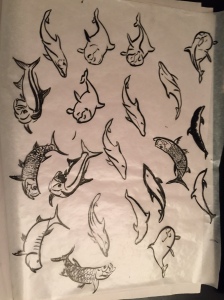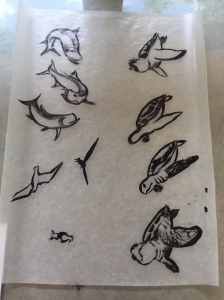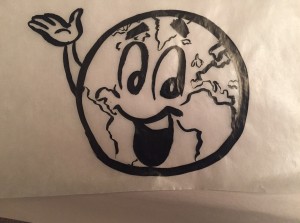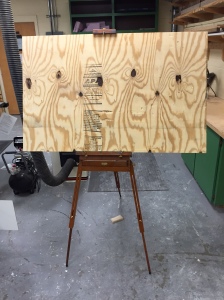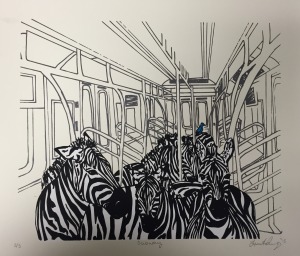The socially engaged artwork Trade Trash for Art was created with two goals in mind: One, for participants to become cognizant of their current effects on the environment and two, to encourage participants to create positive effects on the environment. To achieve these goals, all recycled materials were used to create a wooden sign holding screen prints that asked participants to recycle or throw away trash, whether their own or cleaning up others’, in exchange for a unique sea life themed piece of art. On the back of each artwork laid personal messaging and the address to the project’s Facebook page with even more educational resources. Such educational messages included how picking up beach litter can save a sea creature’s life, simple actionable steps to reduce one’s carbon footprint, and resources to get involved in coastal clean ups. The project’s Facebook page created a platform for participants to interact with one another and share thoughts and ideas related to the project. Additionally, this page allowed for a greater outreach of the educational messages than just those who were on location interacting with the sign and screen prints. The project was set up at various beach locations in Ft. Myers, Florida as well as on the Rollins College campus.
Seeing participants throw away trash in exchange for the screen prints and using the project’s Facebook page was extremely rewarding. Even if one person changed their habitats for the better I’ll know that my project had an impact on someone and was successful.

